To celebrate the Ian Fleming Centenary in 2008, Penfold Golf brought back the golf ball played by 007 in his match against arch enemy, Auric Goldfinger.
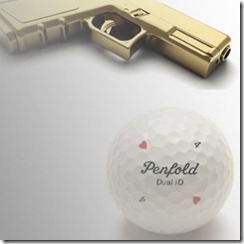

Much has been written about the backswing; it’s a topic that instructors love to talk about. You don’t hit the ball on the backswing, and there are many touring pro’s who hit the ball very good with a non-standard backswing. An instructor that teaches static positions will explain this by saying something along the lines of: “This player is so talented that he can make split second adjustments so he will still come through the ball in a proper manner despite his awkward backswing..”.
I disagree with this. Teaching someone the proper positions is no guarantee for proper movements. In my opinion the backswing is merely a move that allows you and your club to find the right ‘slot’, from which you can swing the club through the ball in a dynamic and efficient motion.
Here is an example: Lee Trevino; one of the greatest ball strikers of all time. He uses a figure of 8 model:
Of course there are things you should and shouldn’t do but a basic truth is this: Eliminate any unnecessary movement; remove as many variables as you can and you’ll be left with a simpler, more efficient motion. A simpler move is also easier to repeat and you have less stuff to think about. If looping the club outside on the backswing makes it easier for you to come from the inside on the downswing then it’s a perfectly valid move. You just need to make sure that you can repeat it.
Jim Furyk is a good example of a very successful player with a very strange swing. Notice the 'helicopter move' at the top of the swing.
And here's a compilation of strangely effective swings:
Enjoy!
Amateur player Jin Jeong has finished T14th at this year’s Open Championship at St. Andrews. The strongest part of his game is his putting he says; if you don’t believe him just watch this video:
He ended his last round at St.Andrews by holing a long eagle putt.
His success with the flat stick is a direct result his work with puttingzone founder Geoff Mangum. Mangum has a lot of free content for you to check out. If you like his approach you can buy his ebook together with 2.5 GB of content with instruction in various formats for less than 20 USD. I intend to buy this and will do a review in the future.
Here is an interview with Jin Jeong:
iseekgolf.com: Jin Jeong - Making his Mark from iseekgolf on Vimeo.

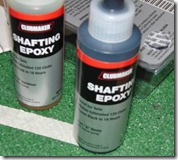
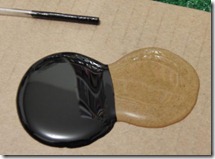
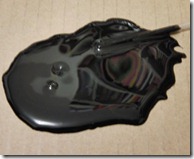
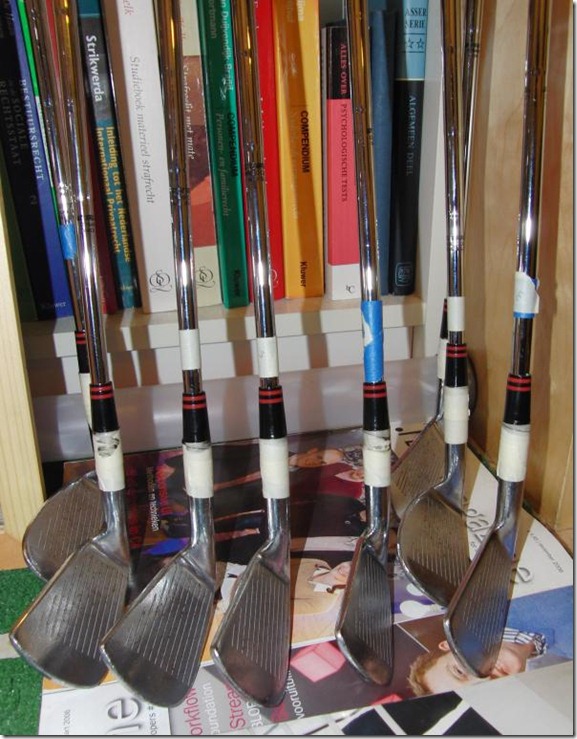
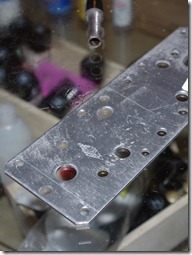


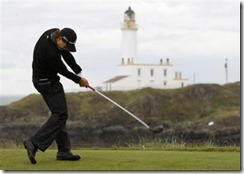
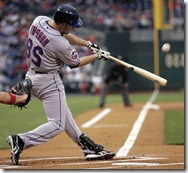
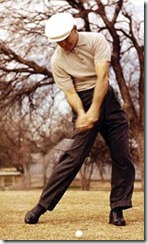

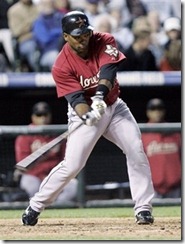
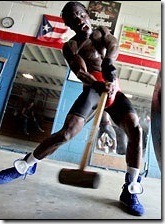
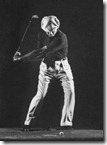
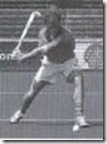
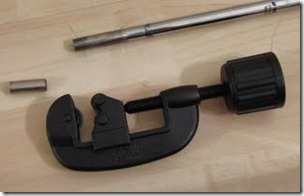
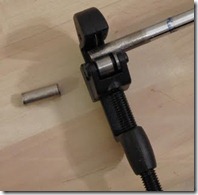
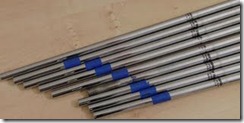
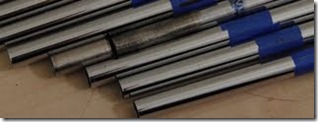

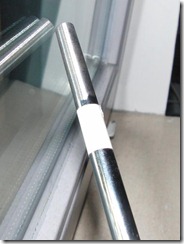
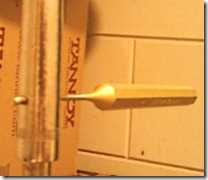
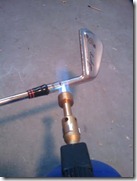
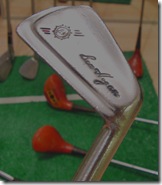
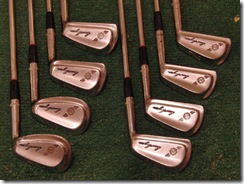
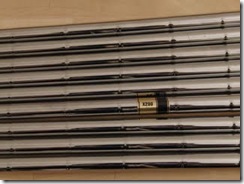 | 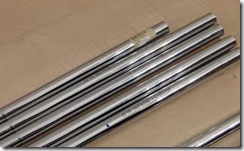 DGIX 2-iron shaft above and below that the 3-4-5-6-iron DGIXL shafts which have longer butt ends. |


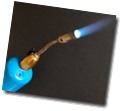





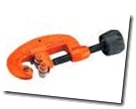
What is it?
Extensor action is a preferred way of achieving a straight left arm in the golfswing.
Why would you want to have a straight left arm in the first place?
For starters it provides some consistency because the distance between left shoulder socket and hand stays the same this way.
Why can't you just use the muscles of your left arm to straighten it?
You could do this, but doing it this way builds up a lot of tension in the arm (and potentially the shoulder and back). This tension hinders the ability to freely move, turn or hinge your forearm and wrist.
What does it do exactly:
Extensor action pulls the left thumb away from the left shoulder socket.
How do you apply extensor action?
Grip a club with your left hand. Your left thumb should be riding on top of the shaft, somewhere between 12 or 1 o'clock. Now add the right hand. The lifeline of the right palm should now be covering the left thumb.
Apply pressure (push) to the #1 pressure point (the area where the back of the right thumb starts) with the right palm/heel. You can do this by actively straightening the right arm at the elbow joint throughout the swing.
The best way to kick off the blog is probably to show a few clips of the late, great Ben Hogan.
For once, let's not talk about his alleged 'secret' but just watch and learn:
This is a clip in which he is hitting balls in front of a small crowd.
In this shorter one you can clearly see the ball take off 'under the radar'.
Another clip, I really like that you can see him hit from 2 sides here.
Enjoy!